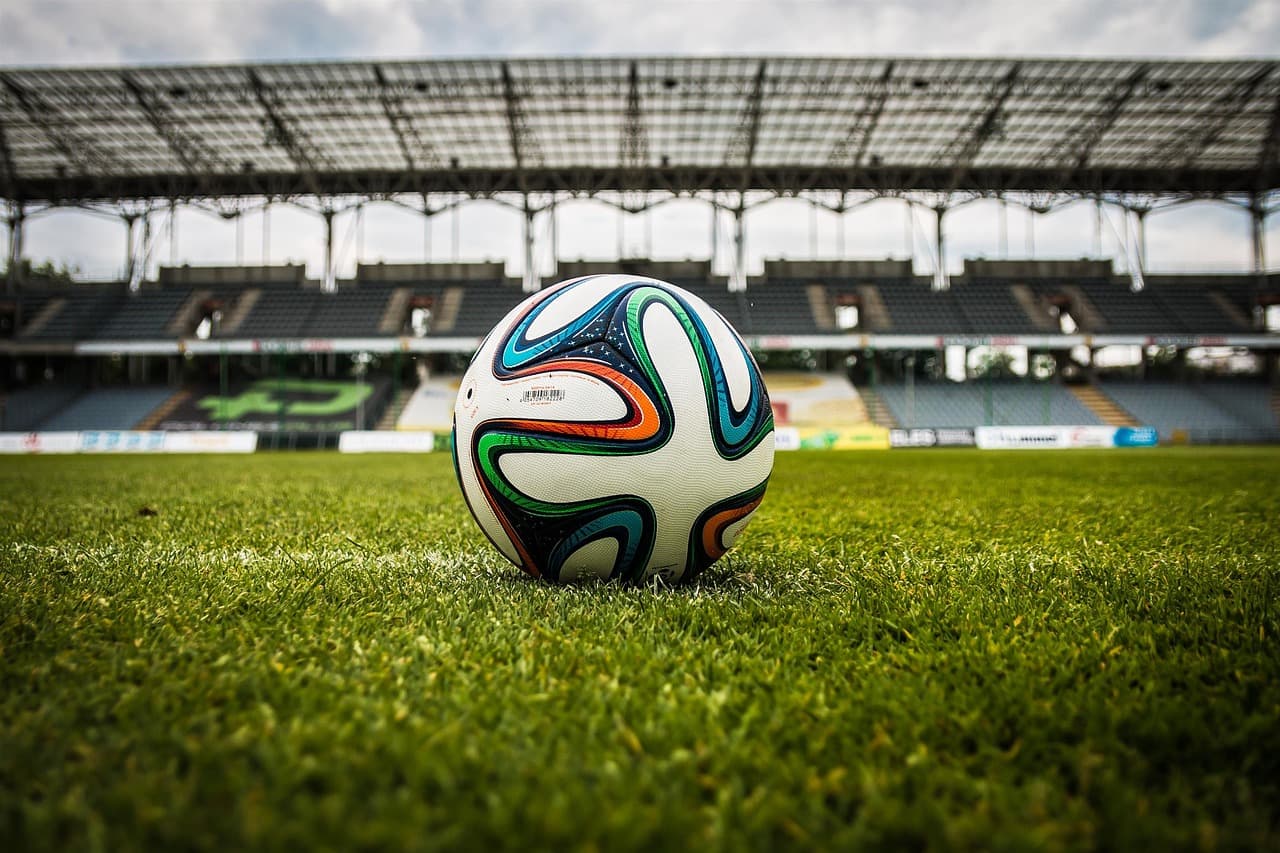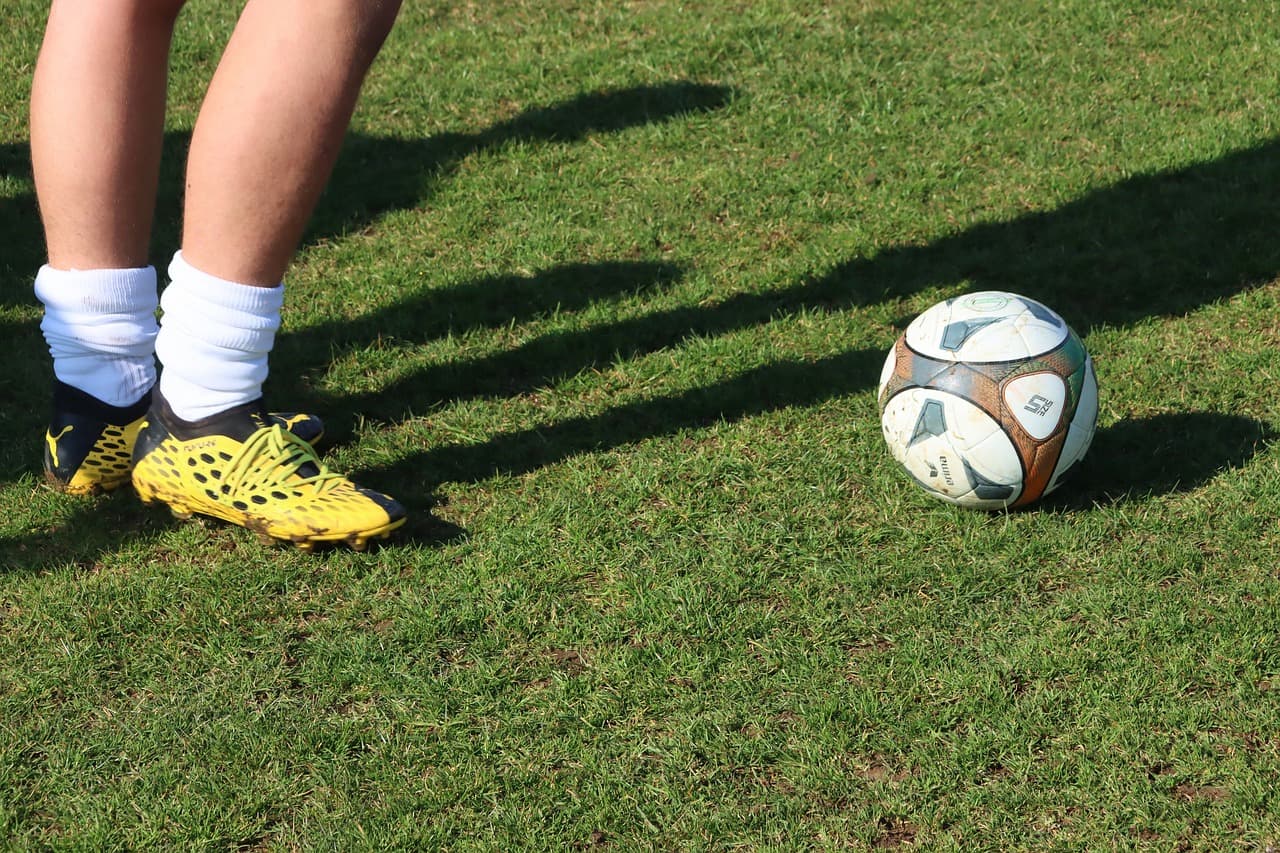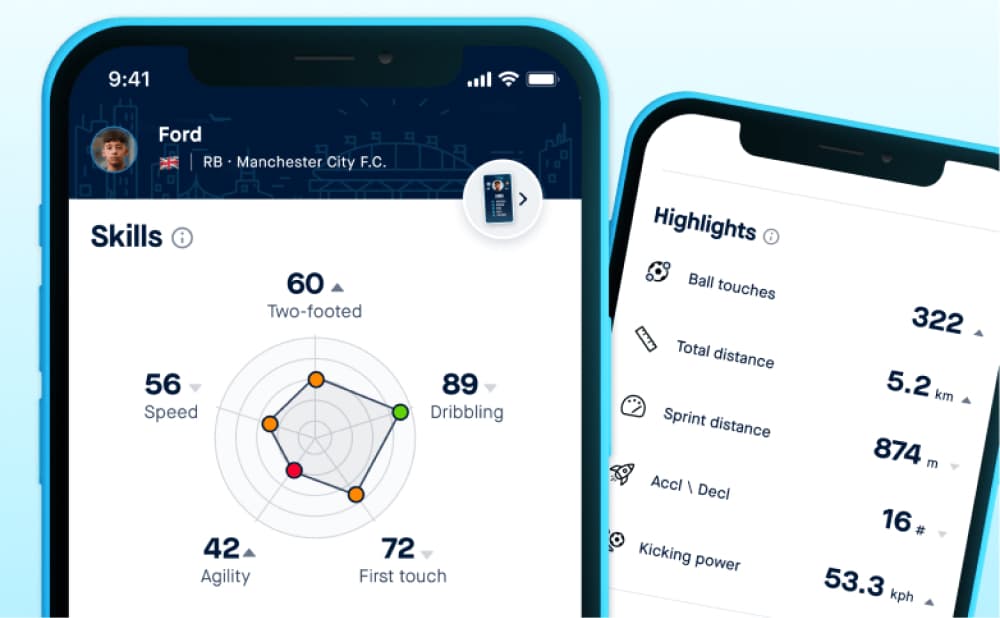Soccer, the world’s most popular sport, is undergoing a technological revolution with the integration of artificial intelligence (AI).
From enhancing player performance to revolutionizing scouting methods, AI is transforming every aspect of the beautiful game.
Let’s explore seven key areas where AI is making a significant impact in soccer.
1. Wearable Technology
Wearable devices have become an integral part of modern soccer, providing valuable data on player performance and physical condition.
Playermaker has become the first foot-worn tracking device to receive FIFA approval for use in official match play.
This milestone opens up new possibilities for real-time data collection during games, offering coaches and analysts unprecedented insights into player movements, ball control, and overall performance.
Playermaker’s technology uses AI algorithms to process data from sensors embedded in players’ boots, providing accurate metrics on various aspects of their game. This includes:
- Touch quality and quantity
- Kick velocity and accuracy
- Running patterns and distances covered
- Balance and weight distribution
By analyzing this data, players and even coaches can make informed decisions about individual skills, strengths and weakness, and training focus areas.
Check out Playermaker’s soccer device here
2. Player Performance Analytics
AI algorithms backed by wearable technology can analyze vast amounts of performance data from games and practices.
This analysis helps identify patterns in players’ movements and decision-making processes, providing actionable insights for improving tactical approaches and individual skills.
Playermaker, a leading provider of wearable technology for soccer, offers a comprehensive system that captures and analyzes a wide range of player data.
This technology provides detailed insights into various aspects of player performance.
Here are four ways AI can analyze and improve performance:
Technical Skills
- Ball touches: The system tracks the number and quality of ball touches, helping assess a player’s ball control and involvement in the game.
- Kick velocity: Measures the speed of kicks, which is crucial for evaluating passing and shooting abilities.
- Passing: Analyzes passing accuracy, frequency, and distribution, providing insights into a player’s playmaking abilities.
Physical Performance
- Distance covered: Tracks total distance run during training or matches, including high-intensity runs.
- Sprint count: Monitors the number and intensity of sprints, helping evaluate a player’s speed and endurance.
- Top speed: Records maximum speed reached, useful for assessing a player’s pace.
Tactical Awareness
- Possession time: Measures how long a player maintains possession, indicating their ability to control the game.
- Time on ball: Analyzes how quickly players make decisions with the ball, reflecting their tactical awareness and decision-making skills.
Biomechanics
- Foot balance: Assesses the use of both feet, helping identify areas for improvement in weaker foot usage.
- Step length: Measures stride patterns, which can be useful for optimizing running
3. Personalized Training Programs
AI is enabling the creation of highly personalized training programs tailored to each player’s unique needs and characteristics.
By analyzing individual performance data, physical attributes, and learning patterns, AI systems can generate customized training regimens that:
- Target specific areas for improvement
- Optimize workload and recovery time
- Adapt to the player’s progress in real-time
This personalized approach helps players maximize their potential while minimizing the risk of overtraining or injury.
4. Player Fitness Monitoring
Maintaining optimal fitness levels is crucial for soccer players to perform at their best throughout a long and demanding season. AI-driven fitness monitoring systems help teams:
- Track players’ physical condition in real-time
- Detect early signs of fatigue or overexertion
- Optimize training intensity and recovery periods
These systems integrate data from various sources, including:
- Wearable devices like Playermaker
- GPS tracking
- Heart rate monitors
- Sleep and nutrition logs
By analyzing this data, AI can provide coaches and medical staff with actionable insights to maintain peak player fitness and prevent burnout.
5. Injury Prevention and Rehabilitation
One of the most promising applications of AI in soccer is in the field of injury prevention and management.
By analyzing historical injury data, player biomechanics, and current player performance metrics, AI systems can:
- Identify players at high risk of specific injuries.
- Recommend preventive measures and exercises.
- Optimize rehabilitation programs for injured players.
These AI-driven insights allow medical teams to take a proactive approach to player health, potentially reducing injury rates and speeding up recovery times.
6. Scouting and Recruitment
The process of identifying and recruiting new talent has been transformed by AI technology.
Traditionally, scouting relied on watching players during games and using basic physical tests, which can be subjective and limited.
Traditional Scouting Methods
- Observation: Scouts watch players in games or practice sessions.
- Physical Tests: Common tests include speed, agility, and endurance.
- Subjective Ratings: Coaches often rate players’ skills on a limited scale, which can be biased.
Read here more to understand how to get scouted in 2024
Here’s how AI is improving the scouting process:
How AI Enhances Scouting
- Comprehensive Analysis: AI looks at various player attributes, including physical, technical, tactical, and psychological skills.
- Objective Skill Assessment: AI analyzes video footage to provide detailed evaluations of skills like ball control and dribbling, reducing reliance on subjective opinions.
- Identifying Key Skills: Research shows that skills like first touch and passing are more important than dribbling. AI can help focus on these critical skills.
- Reducing Bias: AI considers a wider range of factors, helping to identify talented players who may not stand out physically, especially younger players.
- Contextual Performance: AI evaluates how players perform in different game situations, providing a clearer picture of their abilities.
By using AI, clubs and scouts can identify promising talent more efficiently, focusing on players whose performance metrics match the team’s needs.
Read here more to understand how to get scouted in 2024
7. Tactical Analysis and Skill Development
AI is becoming an invaluable tool for tactical analysis and skill development in soccer. Advanced systems can:
- Analyze opponent strategies and playing styles
- Identify tactical weaknesses and opportunities
- Simulate various game scenarios for training purposes
Additionally, AI-powered video analysis tools can break down individual player movements and techniques, helping coaches provide more targeted feedback and skill development exercises.
By leveraging these AI technologies, soccer teams can gain a competitive edge, optimize player performance, and elevate the overall quality of play.
As AI continues to evolve, we can expect even more innovative applications in the world of soccer, further enhancing the sport for players, coaches, and fans alike.
Advance your soccer game to a new level. Try Playermaker today!








